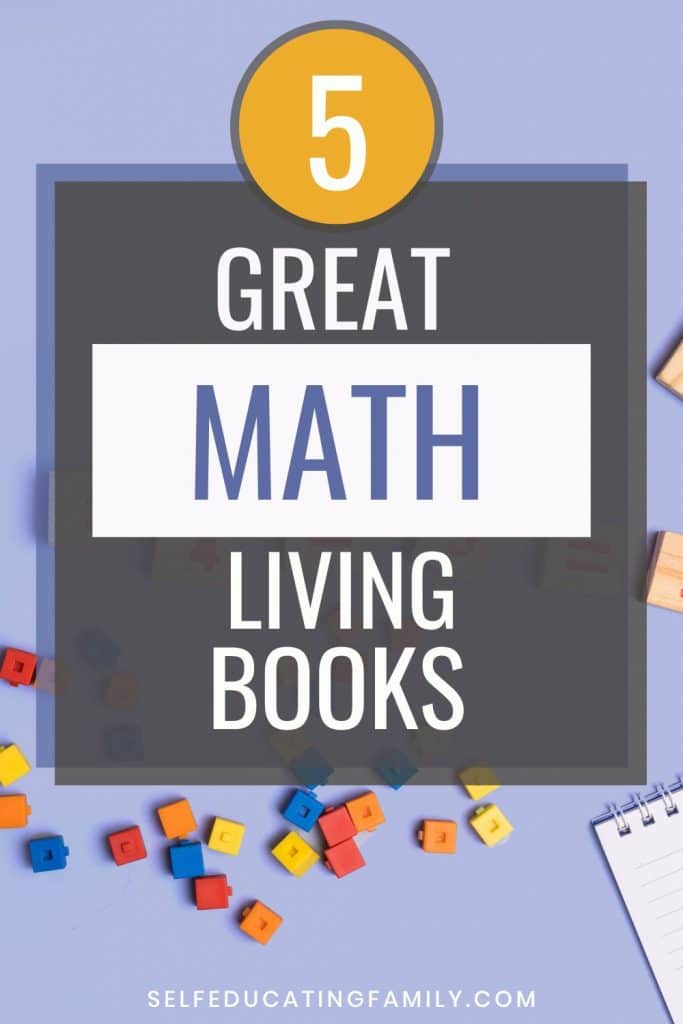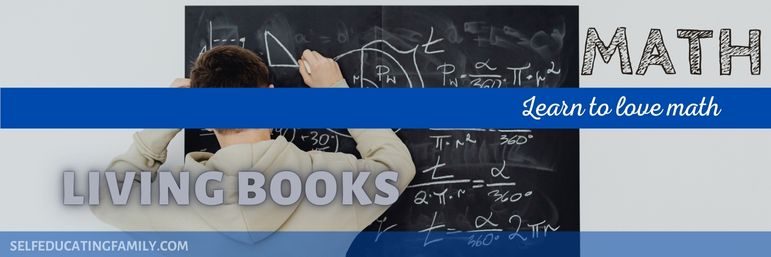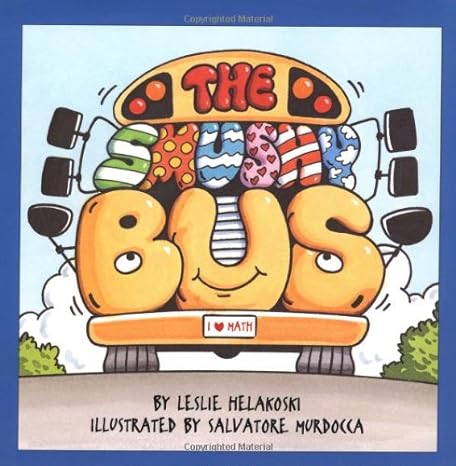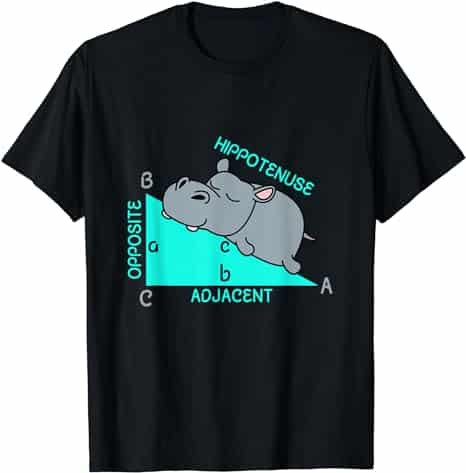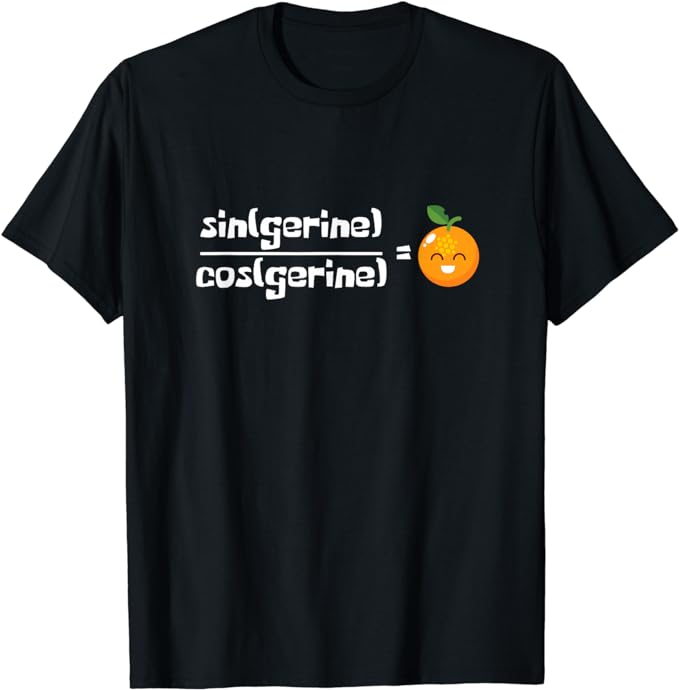You can have living books in math? Read on, dear skeptic!
What are living books?
Living books grasp the imagination and bring the subject to life. They engage the reader. They are the opposite of a dry dull textbook or dictionary (though, I have to admit, I personally enjoy some dictionaries!) See an example of a high school-level list of living books here, many of which we were able to find for free as the kindle version.
What are Math Living Books?
Again, even for math, the same definition applies. The only reason that it is harder to find math living books is that fewer books are written with a math theme than not.
Charlotte Mason and living books
Living books are foundational to Charlotte Mason’s (CM) educational principles. She had much to say about the quality of what to feed to children.
In fact, CM made some “bald suggestions” to captivate the “intellectual sustenance of children upon ideas” and that “such subjects as the following might be useful”:
1. Children’s tastes in Fiction, in Poetry, in books of Travel and Adventure, in History, in Biography (most stimulating subject).
2. Ideas of life and conduct that children assimilate from their reading.
3. Ideas of duty assimilated in the same way.
4. Ideas of nature that children seize.
5. The leading, vitalising ideas in subjects of school study, as geography, grammar, history, astronomy, Ceasar’s Commentaries, etc., etc.
—Charlotte Mason, Volume 3 School Education, p 125 from the Homeschool Series
CM pointed out these five areas to feed children with ideas, but #4 caught my eye because I believe it relates to how people sometimes view math.
Carpe Mathematica
Math is so integral to nature and the universe that there are plenty of ideas to seize upon.
My point of view – I love math. I think it’s exciting, beautiful, and interesting. Fun. How numbers relate to the world and each other is captivating to me. Although now, if I look at higher math, subjects I mastered at one time – I usually think things like, “How did anyone ever think of THAT?” Or most recently, as my kids took math college courses beyond Differential Equations, I mostly was thinking, “Did I really ever learn that?” It’s still interesting, just extremely rusty.
If you still need convincing
Nevertheless, early math and mathematical thinking are fascinating to me. Here’s a favorite video showing the Fibonacci series for all you unconvinced non-believers.
Find your inner child?
I would like to suggest that if you have a different view of math, say you hate math and dread teaching it to your kids (as do many people), the cause may be that you were never exposed to the beautiful, fun, exciting side of math. Dull, torturous textbooks can kill any spark of curiosity you may have once had. Seek your inner child with some of these living books.
Ok, I’m goofing a bit about the inner child thing. I’m not sure many inner children are tickled by math books, but who knows?
Is math tough or is it just taught poorly?
Think about it for a minute. Traditional math is taught with (endless!) worksheets and rote memorization. Textbooks as dry as toast. Yawn. It’s no wonder that a large percentage of people think math is boring or hard. Remember the Barbie scandal from 1992 where Teen Talk Barbie said “Math class is tough,” and “Let’s go shopping!”
I say that math should be taught in such a way that ideas can be seized! Here’s a quote from a fellow homeschooler:
I believe that a “living” math book is a book that presents mathematical concepts in real life context, which is relevant to the reader.
A living math book is not a text book; rather it is a book…plain and simple…a book…with a storyline, which happens to have math skills integrated within the story.
—Mamajenn from Mamajenn.com
* Disclosure: This post contains affiliate links, meaning that if you make a purchase after clicking through, SelfEducatingFamily will receive a small commission at no extra cost to you.
Top 5 Favorite Math picture books
So here are our top 5 absolute favorite math living books for family read-alouds.
- Smushy Bus by Leslie Helakoski: A very clever addition and subtraction story about a substitute bus driver having to fit a lot of kids onto a too-small bus.
- Sir Cumference by Cindy Neuschwander (series): Medieval-themed geometry series of stories. Also very clever.
- All of the Greg Tang books are so appealing! Grapes of Math was our favorite because of the riddles and the visual patterns for counting.
- How Much is a Million by David M. Schwartz. This is more on the “isn’t-the-universe-amazing” side of things as opposed to clever. What is clever, however, is that it is illustrated by Steven Kellogg, who was one of our favorite children’s stories illustrator. But that’s a different list!
- Math Curse by Jon Scieszka. Scieszka has a crazy sense of humor. We owned Stinky Cheese Man, so when we saw Math Curse in the library, we had to check it out!
Favorite math and science chapter books
Chapter books are also good for longer family read-alouds. Math and Science begin to collide when we start talking about Physics. Which we all love, so I’ve included the Simon Bloom books.
- Phantom Tollbooth by Norton Juster, with illustrations by Jules Feiffer: Hands-down, the ultimate math-related chapter book. So well written. It’s been a favorite of mine since I was young and I enjoyed sharing it with my guys.
- Life of Fred series by Dr Stanley F. Schmidt. We read the complete Elementary series as a night-time read-aloud. We also loved his higher series and have Fractions through Pre-Algebra with Economics. The series is actually a math curriculum, and I know some right-brain math learners who adore it. We used it as a supplement because the stories are so engaging and preposterous. Fred is a 2-foot-tall precocious math genius college professor. I think he starts the series as a 5 year-old. The stories get crazier from there. And the whole time, math concepts are being taught throughout the books. We loved them.
- Simon Bloom, the Gravity Keeper by Michael Reisman. 6th grader Simon Bloom finds a book that allows him to control the laws of gravity. Physics is phun! Though the series deteriorates after the first book, this first book is excellent.
Every family is unique
My oldest son (one of the twins) majored in Math & Data Science and he’s the kind of guy who wears t-shirts with math jokes on them. Even our sons who are less math-oriented are still pretty talented in math and science. So our opinion of what makes great “math living books” is perfectly suited to our family.
You should find your own favorite subjects and find the living books out there in your category!
Related Posts
Keep Learning
- Elementary and Middle school list
- Middle school math living book list
- High school math living books list
- Math with Living Books
- Living math reading books
- Definition of living math book
- Beauty of Living Math
- Fantastic resource listing and categorizing living math books
- Math is hard Barbie case
- 14 Most controversial Barbies
